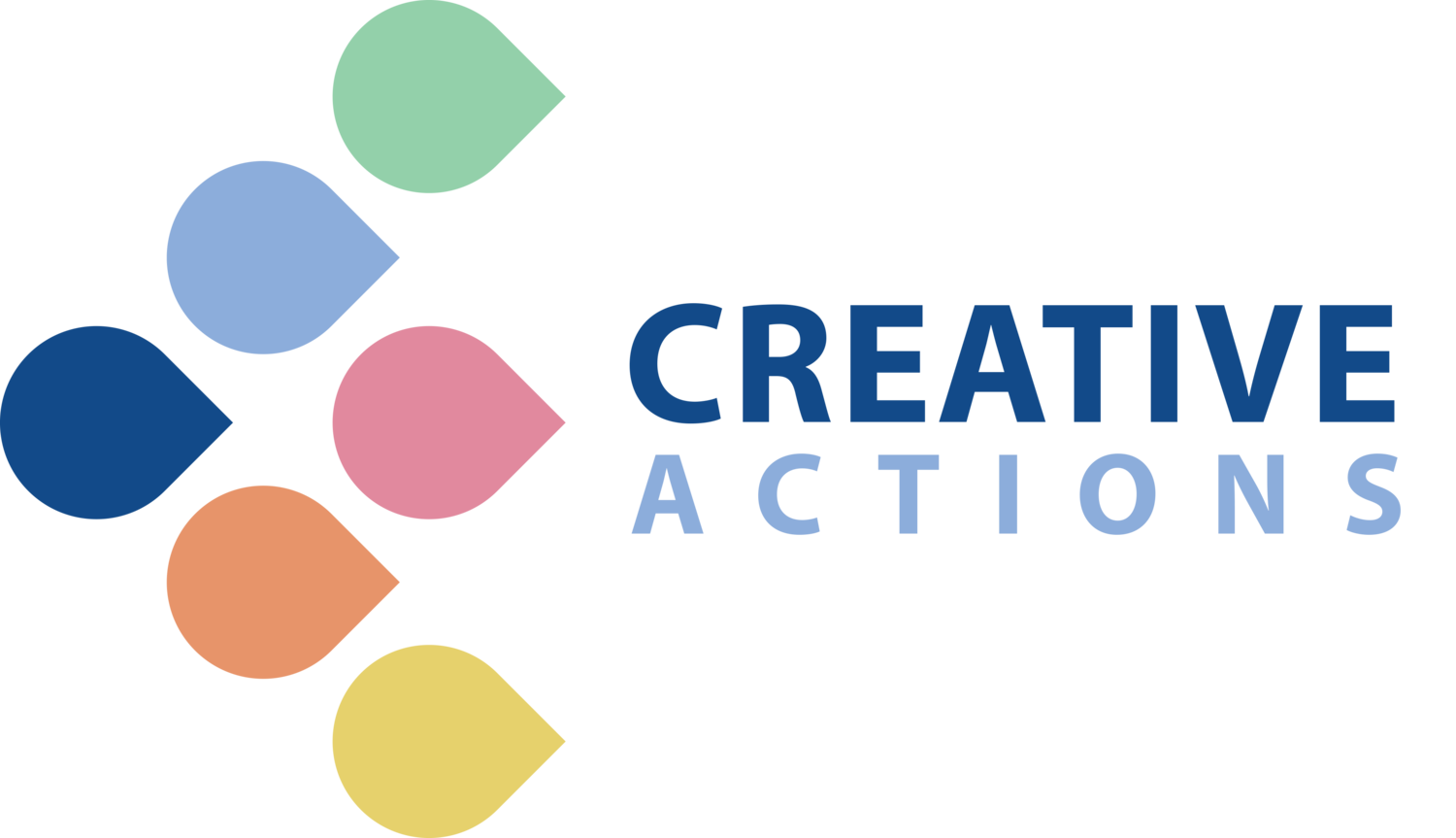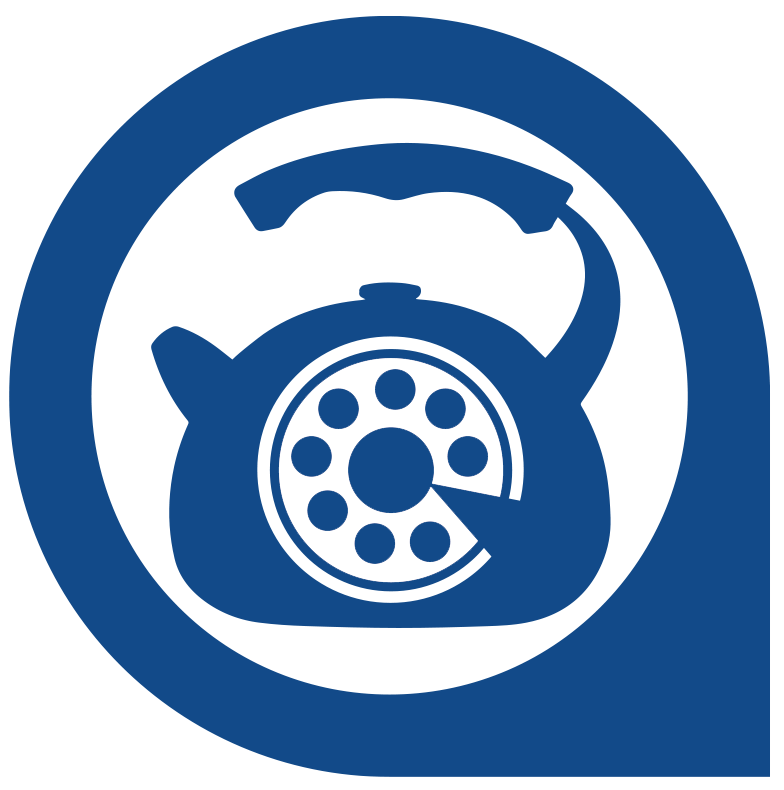WHAT ARE CREATIVE ACTIONS?
Creative Actions are the evidence-based tools we use to build creative competencies
Creativity is more than problem posing and problem solving. Creativity is a system consisting of components and facets. The components are environment, attitudes and dispositions, outcomes and processes, and their assessment, within a particular context. The facets are the individual tools which can be used within each component.
COMPONENTS OF CREATIVE ACTIONS
EXAMPLES OF FACETS OF CREATIVE ACTIONS
ATTITUDES
These are the personal qualities we need to be creative. They include such things as intellectual curiosity, resilience, prior subject knowledge and a tolerance for ambiguity.
Basadur, M., & Basadur, T. (2011). Attitudes and Creativity. Encyclopedia of Creativity (pp.85-95) 2nd Edition San Diego: Academic Press
CONTEXT
All creativity is related to a specific social and cultural environment. Being creative when building a bridge may not help when playing a sport.
Jindal-Snape, D., Davies, D., Collier, C., Howe, A., Digby, R., & Hay, P. (2013). The impact of creative learning environments on learners: A systematic literature review. Improving schools, 16(1), 21-31.
THINK / TEST / TRIAL
Being creative means thinking through the problem-solving process, then testing or trialling your ideas. This might mean prototyping, drafting, or iterations, depending on the context.
Gu, X., Dijksterhuis, A., & Ritter, S. M. (2019). Fostering children’s creative thinking skills with the 5-I training program. Thinking Skills and Creativity, 32, 92-101.
INPUT / INSIGHTS / IDEA GENERATION
Smith, G. F. (1998). Idea-Generation Techniques: A Formulary of Active Ingredients. Journal of Creative Behaviour, 32(2), 107-133
OUTCOMES
Creativity needs both a purpose and a product – these can be anything from a final idea to a physical object.
Barbot, B., Besançon, M., & Lubart, T. (2011). Assessing creativity in the classroom. The Open Education Journal, 4, 124–132.
NOVELTY
Something is creative if it is new to those being creative. For young children, many things they do are creative; for experienced professionals, finding novelty may be less common, but have a bigger impact on society.
Stricker, L. W., & Sobel, D. M. (2020). Children’s developing reflections on and understanding of creativity. Cognitive Development, 55, 100916.
SOLUTION VALIDATION
Is your final outcome realistic? Is it possible? Is it practical and fit for purpose? A tissue paper umbrella might seem novel, but would fail the validation test for practicality and usefulness.
Nazzal, L. J., & Kaufman, J. C. (2020). The relationship of the quality of creative problem solving stages to overall creativity in engineering students. Thinking Skills and Creativity, 38, 100734.








